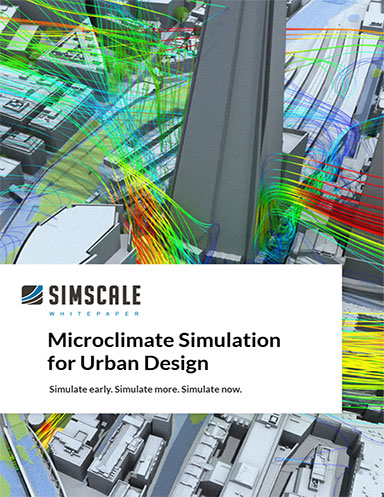
September 1, 2022
The built environment needs continuous adaptation to global population changes, the adverse effects of climate change, and evolving occupant requirements. To meet these evolving challenges, architects and engineers require access to highfidelity design simulation tools to accurately predict complex behavior in buildings and cities.
SimScale enables architects and engineers to integrate physics-based simulation into their entire design workflow starting from the earliest stages where critical design decisions are made. Rapid assessments of the microclimate impacts on design for example, are now possible using the simple and intuitive workflow in SimScale.
Architects and engineering firms globally are leveraging powerful features in SimScale for evaluating building aerodynamics, pedestrian wind comfort, indoor and outdoor thermal comfort, and structural wind loading on buildings, structures, and entire cities. Users benefit from extensive collaboration features built into SimScale that allow entire teams of stakeholders to efficiently work together in solving some of the greatest design challenges needed for a sustainable future.
Fill out the information below to download the resource.
Latest News






